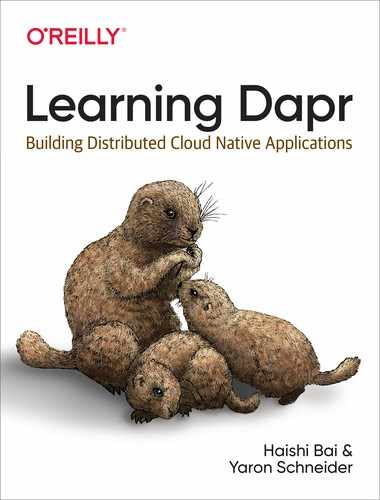Book Description
Get the authoritative guide to Dapr, the distributed application runtime that works with new and existing programming languages alike. Written by the model’s creators, this introduction shows you how Dapr not only unifies stateless, stateful, and actor programming models but also runs everywhere—in the cloud or on the edge.
Authors Haishi Bai and Yaron Schneider, both with Microsoft’s Azure CTO team, explain that, with Dapr, you don’t need to include any SDKs or libraries in your user code. Instead, you automatically get flexible binding, state management, the actor pattern, pub-sub, reliable messaging, and many more features. This book shows developers, architects, CIOs, students, and computing enthusiasts how to get started with Dapr.
- Learn the new programming model for cloud native applications
- Write high-performance distributed applications without drilling into technical details
- Use Dapr with any language or framework to write microservices easily
- Learn how Dapr provides consistency and portability through open APIs and extensible, community-driven components
- Explore how Dapr handles state, resource bindings, and pub-sub messaging to enable resilient event-driven architectures that scale
- Integrate cloud applications with various SaaS offerings, such as machine learning
Table of Contents
- Preface
- Introduction
- 1. Services
- 2. State
- 3. Messaging
- 4. Security
- 5. Actors
- 6. Application Patterns
- 7. Dapr’s Future
- Index
